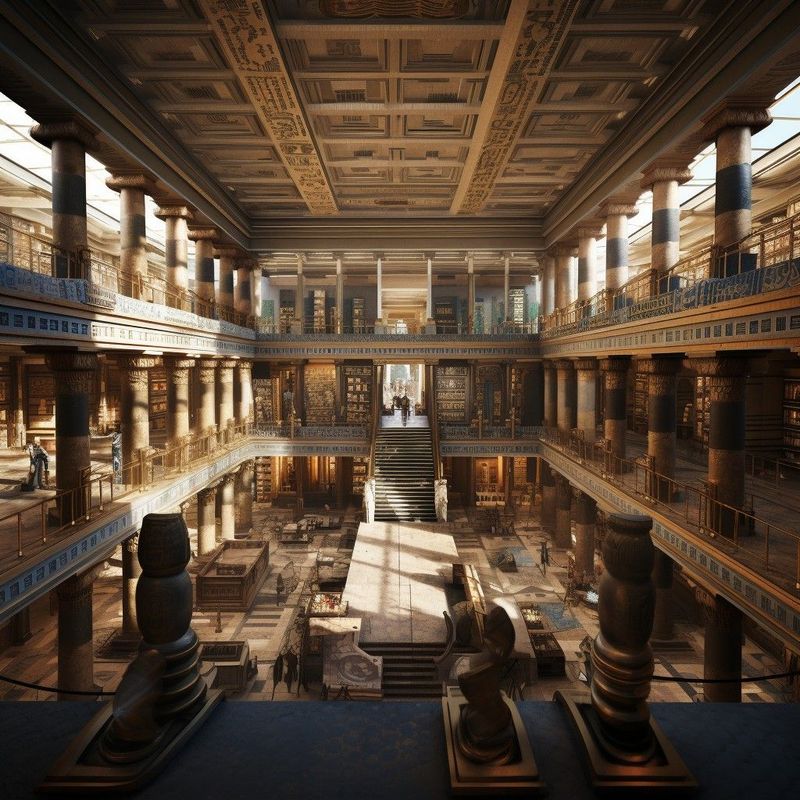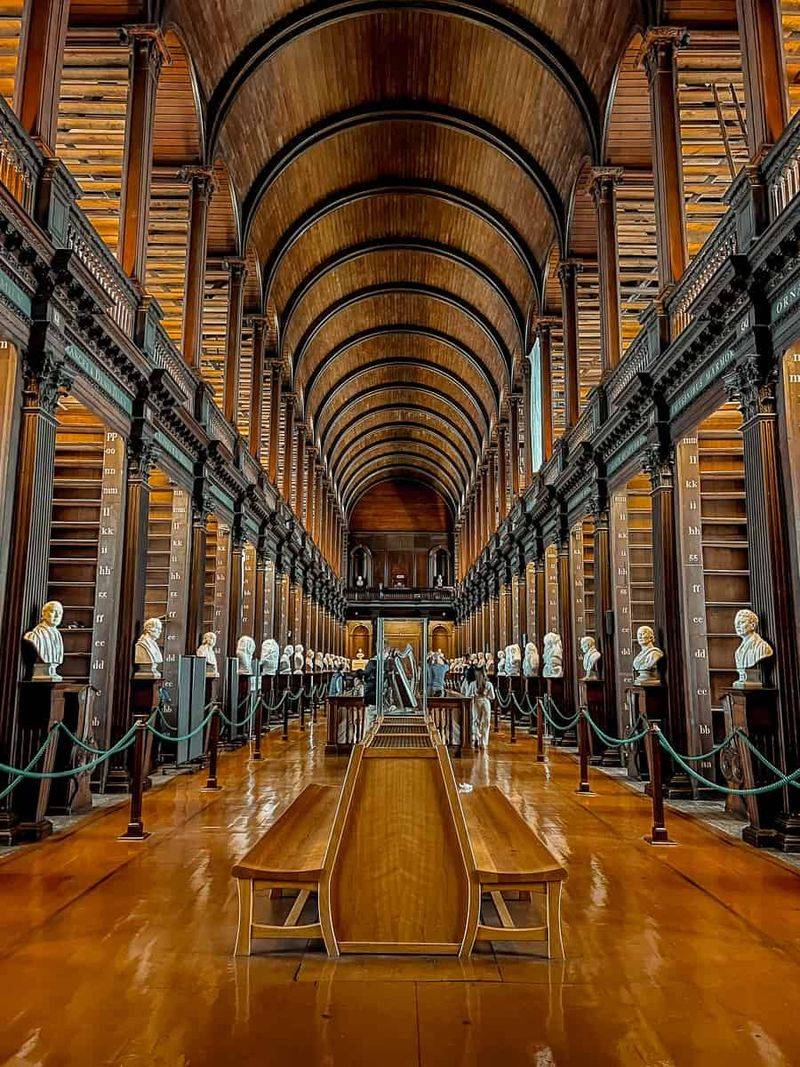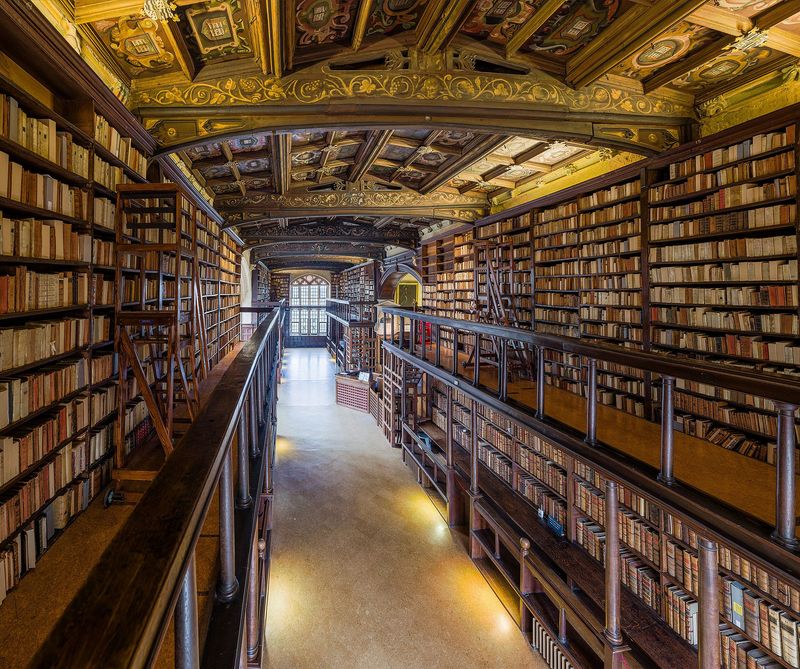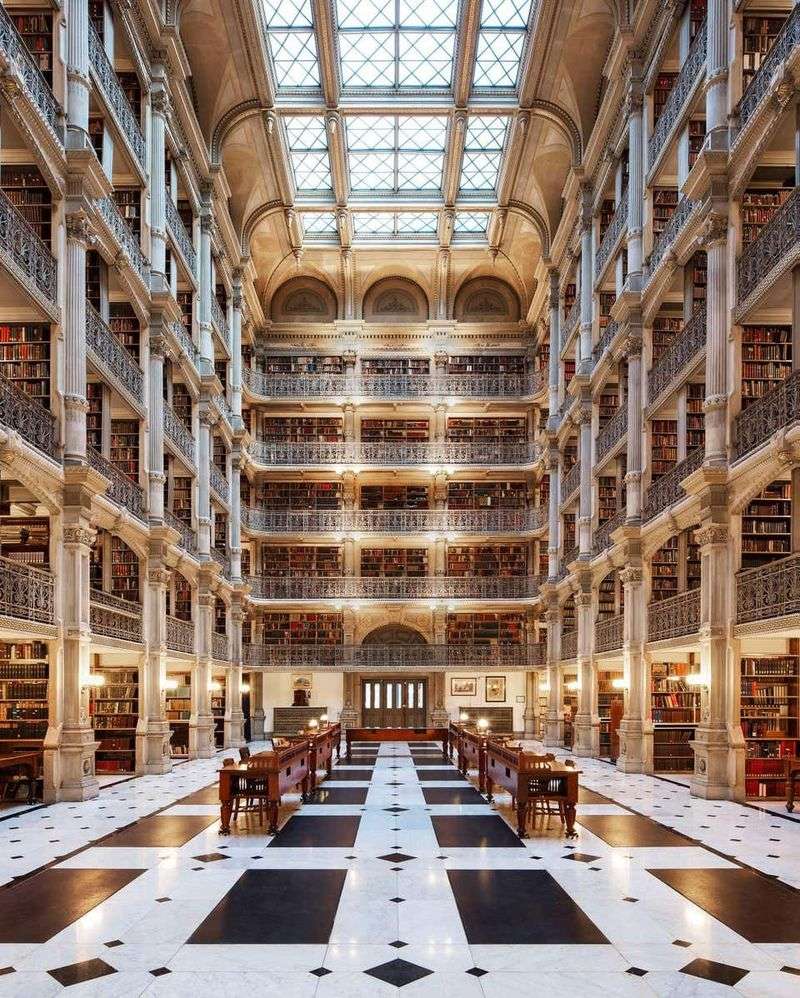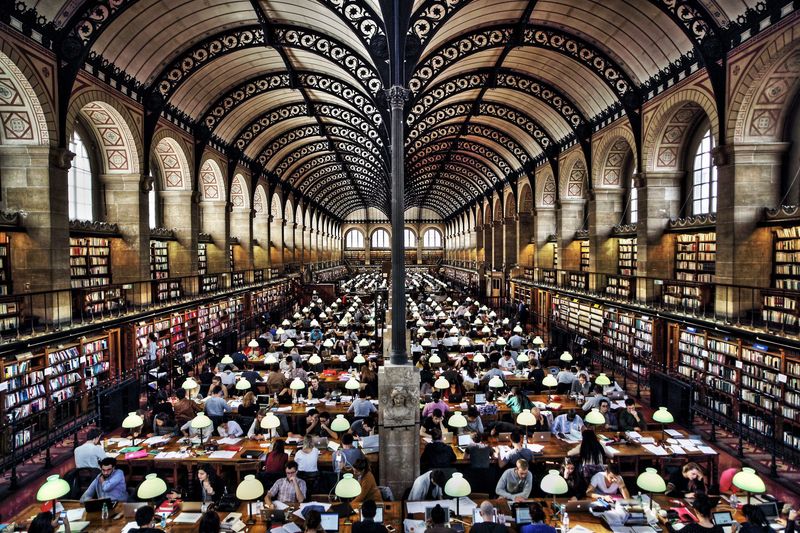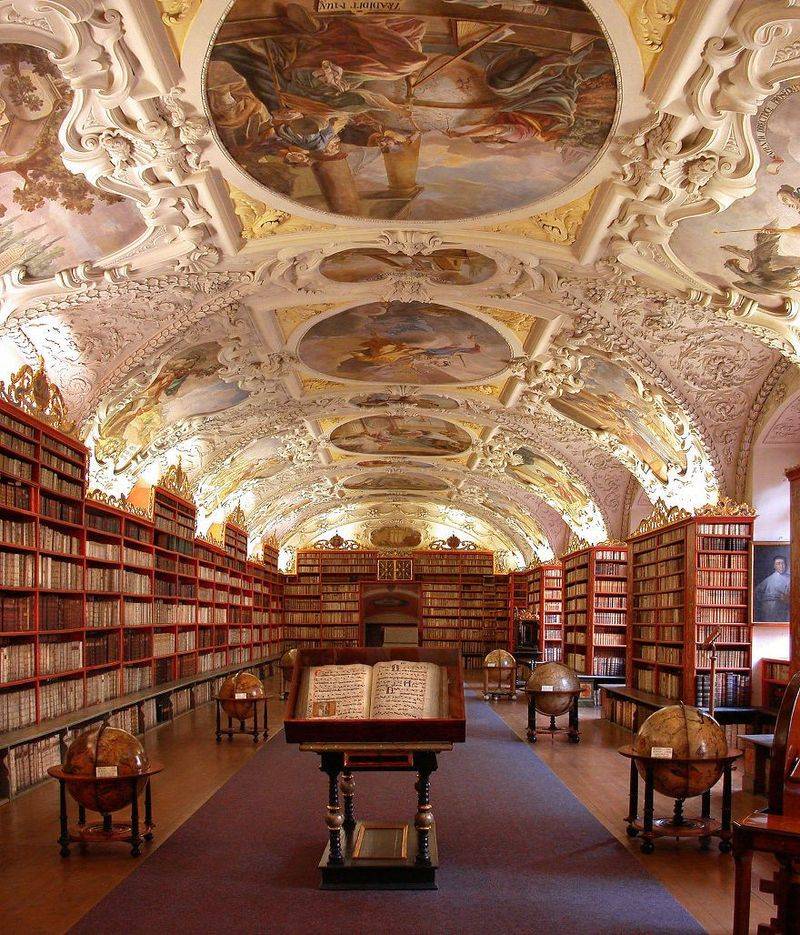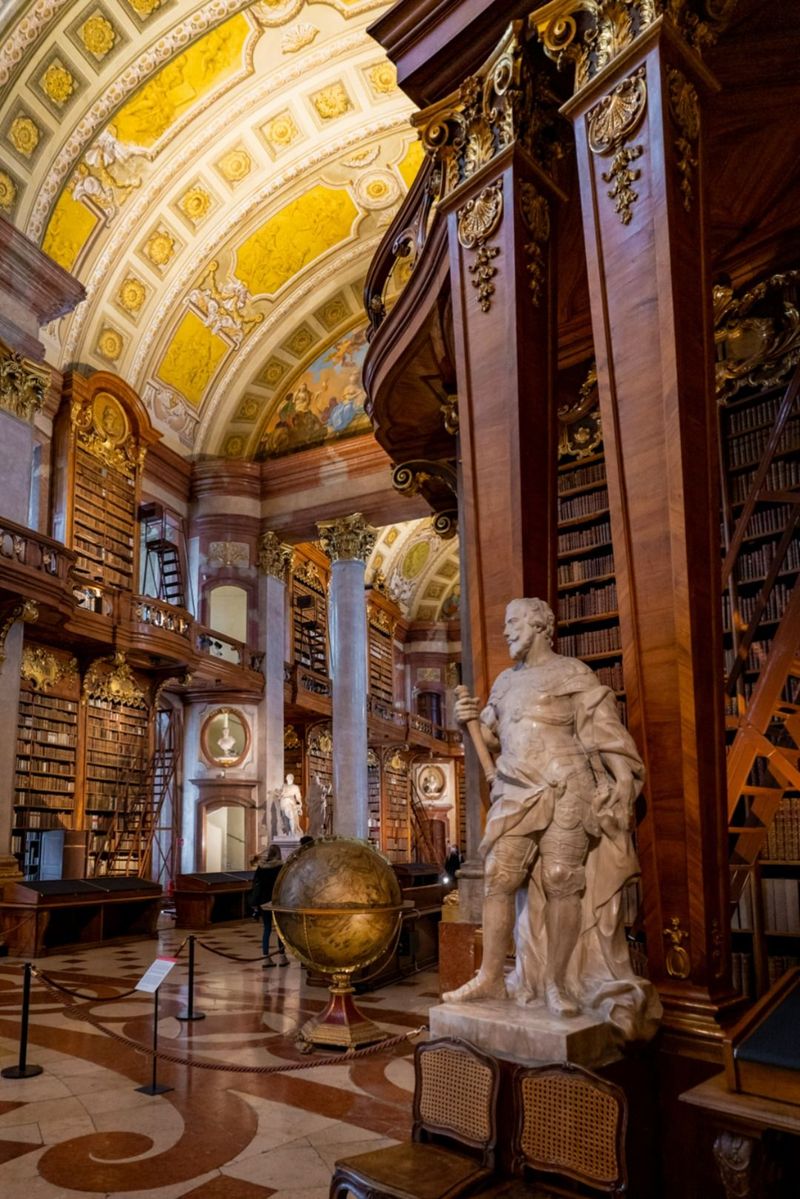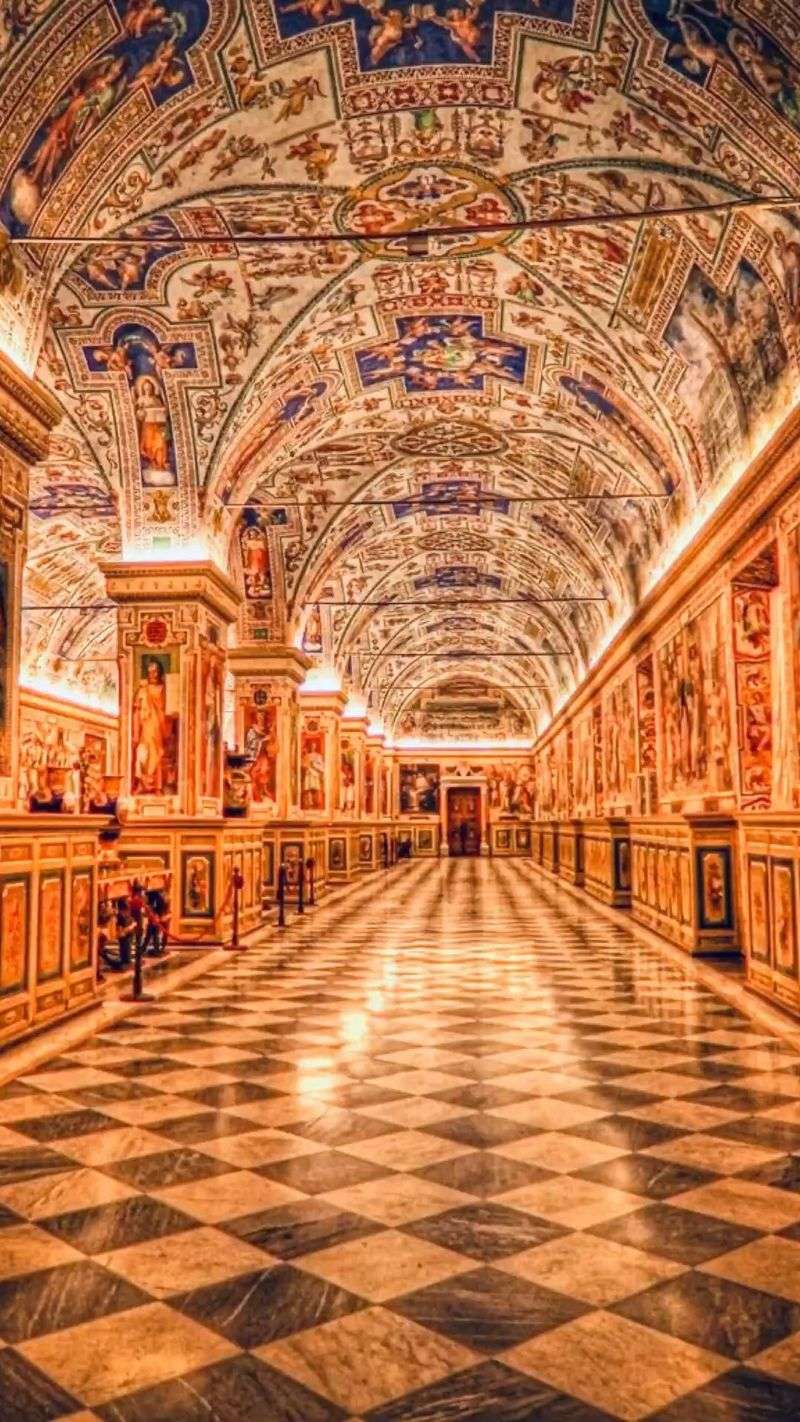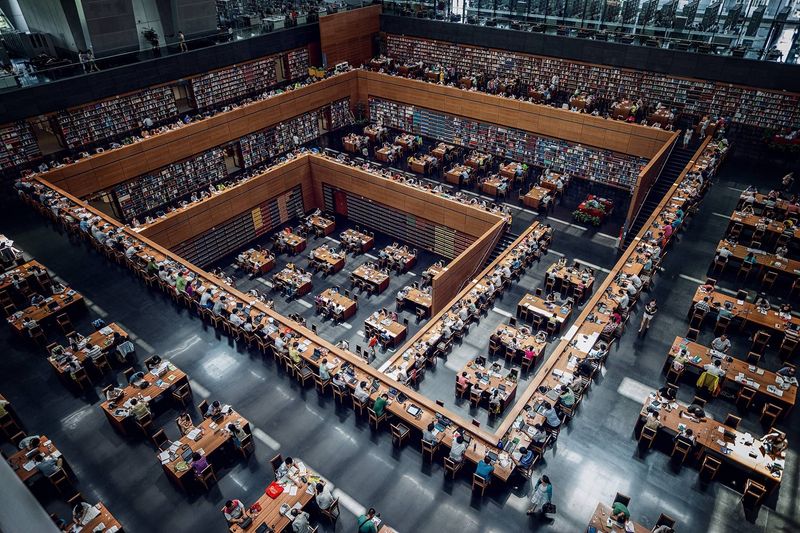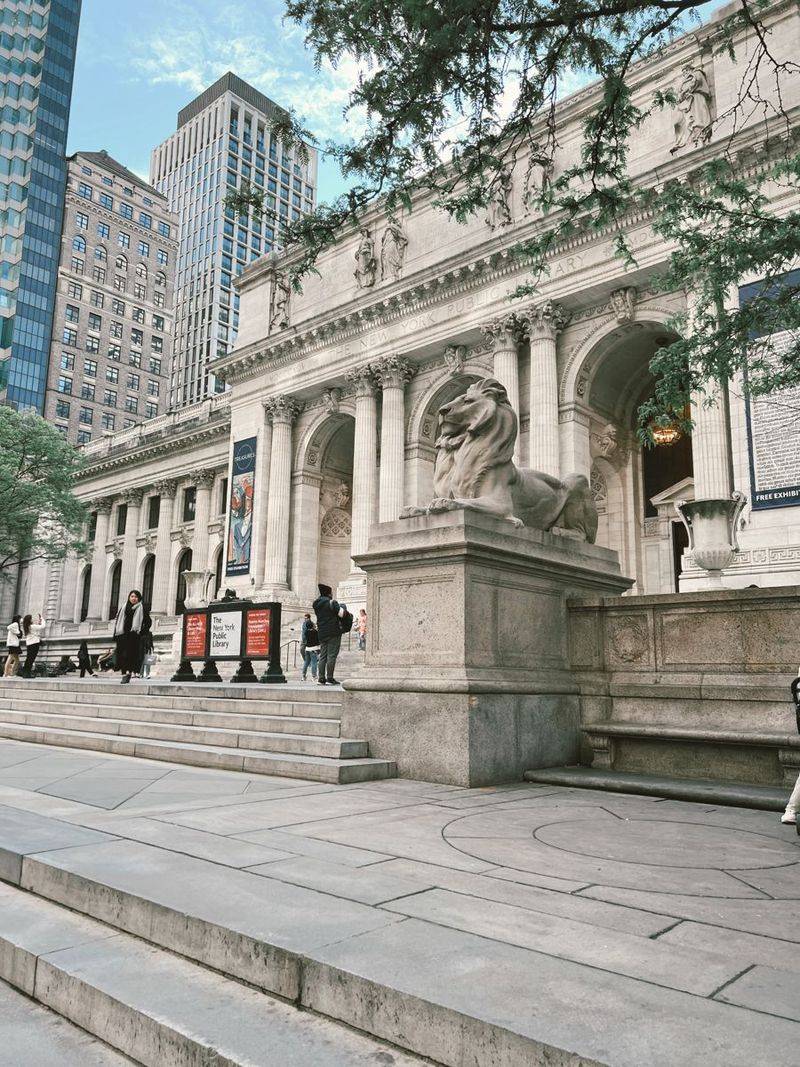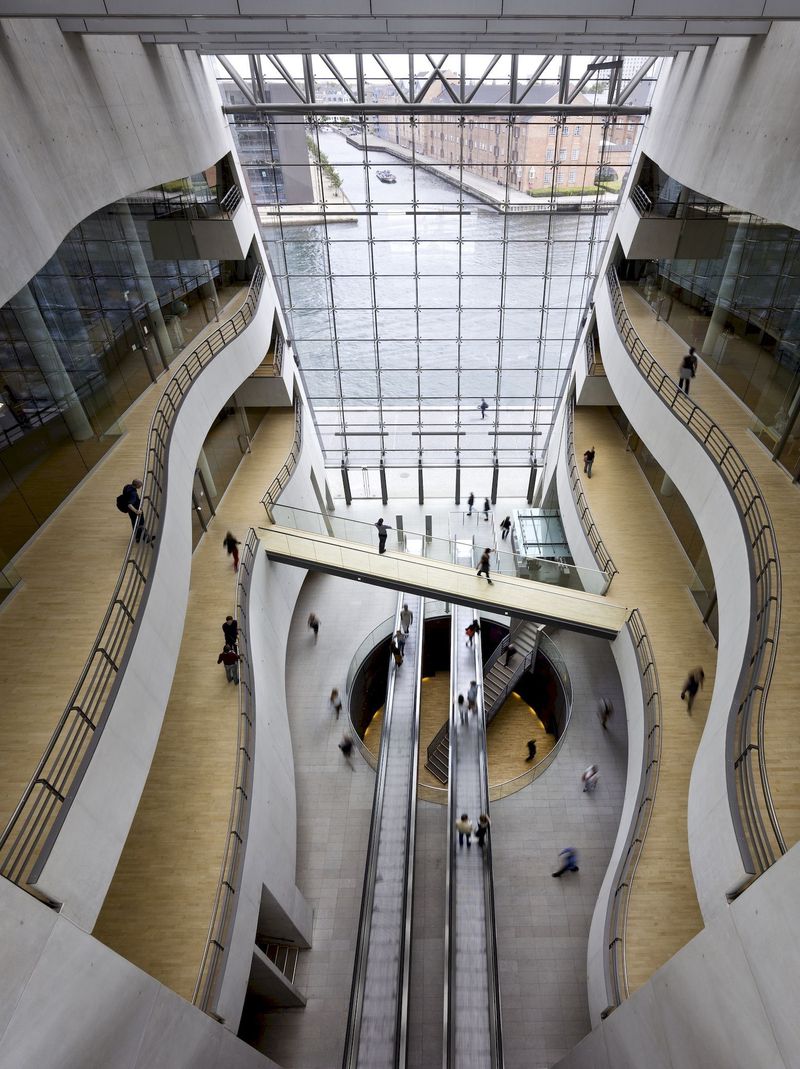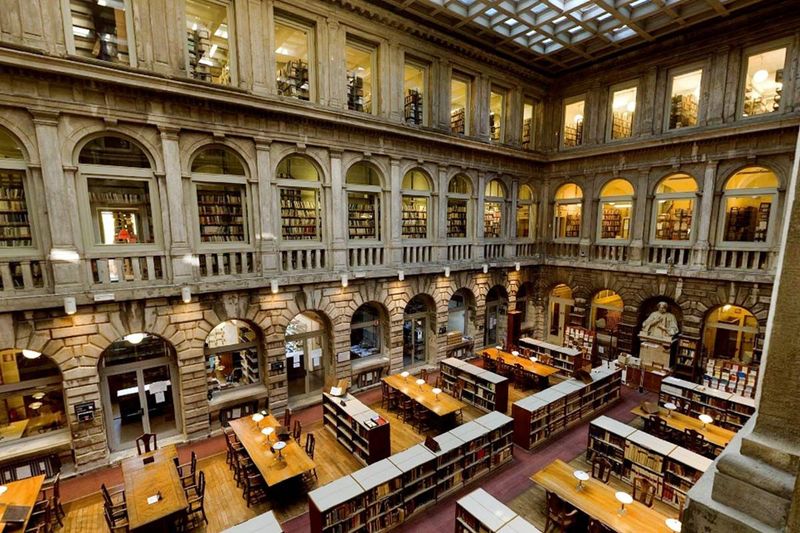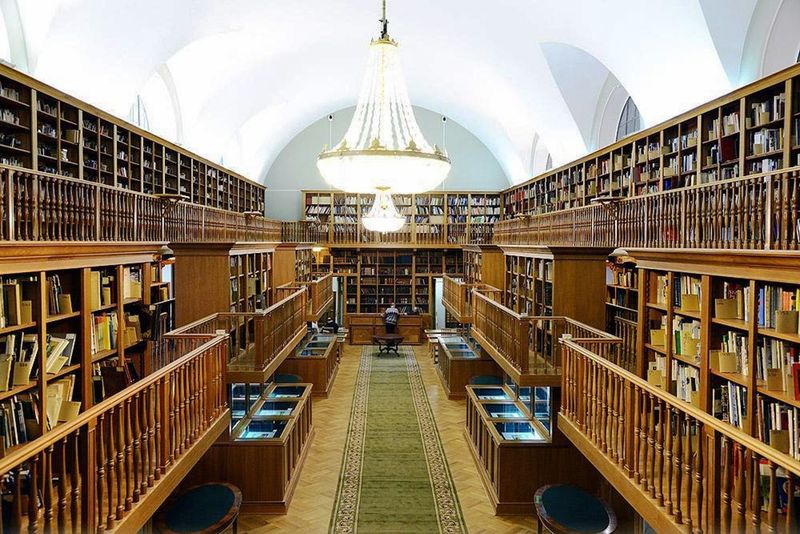Libraries are not just repositories of books; they are the guardians of history, culture, and knowledge. Across the globe, some libraries stand out not just for their collections, but for their architectural grandeur and historical significance. Join us on a journey to explore 15 of the most stunning historical libraries around the world, each with its own unique charm and story.
The Library of Alexandria, Egypt
The Library of Alexandria, one of the most famous libraries in history, was a beacon of knowledge in the ancient world. Founded in the 3rd century BCE, it was a hub for scholars and thinkers. The library is believed to have housed hundreds of thousands of scrolls, including works by Homer, Plato, and many others.
Despite its destruction, the legacy of the Library of Alexandria endures, symbolizing the thirst for knowledge and understanding across cultures. Today, the Bibliotheca Alexandrina stands in its place, a modern tribute to its historical predecessor.
The Trinity College Library, Dublin
Located in the heart of Dublin, the Trinity College Library is home to the famous Book of Kells. This masterpiece of medieval illumination attracts visitors from around the globe. The library’s Long Room, with its high arched ceilings and rows of ancient books, is a sight to behold.
Established in 1592, it is the largest library in Ireland, preserving over 6 million printed volumes, manuscripts, and periodicals. Its grandeur and historical significance make it a must-visit for book lovers exploring Ireland.
The Bodleian Library, Oxford
The Bodleian Library, one of the oldest libraries in Europe, is an iconic symbol of the University of Oxford. Established in 1602, it has served countless scholars and dignitaries. Its stunning Gothic architecture and rich collections make it a haven for history enthusiasts.
The library houses more than 12 million items, including rare books and manuscripts. Visitors can explore its beautiful reading rooms and soak in the scholarly atmosphere that has inspired generations of thinkers, writers, and leaders.
The Library of Congress, Washington D.C.
The Library of Congress, located in Washington D.C., is the largest library in the world. Founded in 1800, it serves as the research arm of the U.S. Congress and is open to the public. Its architectural splendor, with grand domes and elaborate frescoes, is matched by its vast collections.
With more than 170 million items, the library is a testament to the rich cultural heritage of the United States. Visitors can explore its exhibitions and take guided tours to learn about its history and significance.
Bibliothèque Sainte-Geneviève, Paris
Situated in the Latin Quarter of Paris, the Bibliothèque Sainte-Geneviève is a marvel of French Renaissance architecture. Established in 1851, it offers elegant reading rooms and a rich collection of over 2 million volumes.
The library’s historical ambiance attracts both students and tourists. It is renowned for its literary heritage and serves as a reminder of Paris’s long-standing tradition of scholarship and intellectual pursuit. A visit to this library offers a glimpse into the cultural tapestry of France.
The Stuttgart City Library, Germany
The Stuttgart City Library, though modern, is a nod to Germany’s rich literary history. Its minimalist, cube-shaped design is strikingly innovative. Opened in 2011, it has quickly become a cultural landmark in Stuttgart.
Inside, the library offers open spaces filled with natural light, fostering a welcoming environment for readers and visitors. Its innovative design reimagines the traditional library space, making it a must-visit for architecture enthusiasts and book lovers alike.
Real Gabinete Português de Leitura, Rio de Janeiro
The Real Gabinete Português de Leitura in Rio de Janeiro is a stunning example of Portuguese architecture. Established in 1837, it houses the largest collection of Portuguese literature outside Portugal. Its ornate interior, with stained glass windows and carved wooden shelves, exudes historic charm.
Visitors are captivated by its grandeur and the wealth of rare books and manuscripts. This library serves as a cultural bridge between Brazil and Portugal, celebrating shared heritage and literary tradition.
Strahov Monastery Library, Prague
Nestled within the Strahov Monastery in Prague, this library is a masterpiece of Baroque architecture. Established in the 17th century, it boasts frescoed ceilings and ornate decorations. The library’s collection includes ancient tomes that reflect centuries of monastic scholarship.
Visitors are drawn to its serene ambiance and exquisite detailing. The Strahov Monastery Library offers a tranquil retreat for those seeking a deeper connection with history and knowledge.
The Austrian National Library, Vienna
The Austrian National Library, located in Vienna, is a treasure trove of Austria’s cultural heritage. Founded in the 18th century, it is one of the largest libraries in the world. The library is renowned for its Baroque architecture, with grand halls and ornate detailing.
Its vast collections include historical manuscripts, maps, and globes. Visitors can explore its exhibitions and marvel at the artistic beauty that surrounds them, making it a must-see for anyone visiting Vienna.
The Vatican Library, Vatican City
The Vatican Library, one of the oldest in the world, is a repository of sacred manuscripts and religious art. Established in 1475, it serves as a center of Catholic scholarship and research. Its Renaissance architecture and tranquil ambiance attract scholars and pilgrims alike.
The library’s collections include ancient texts, paintings, and sculptures, reflecting the rich spiritual heritage of the Catholic Church. A visit to the Vatican Library offers a glimpse into the heart of religious history and tradition.
The National Library of China, Beijing
The National Library of China, located in Beijing, is the largest library in Asia. Established in 1909, it houses vast collections of Chinese literature, historical documents, and rare manuscripts. Its architecture reflects traditional Chinese design, with expansive reading rooms and serene gardens.
The library serves as a center of cultural significance, preserving China’s literary heritage for future generations. Visitors can explore its exhibitions and learn about the country’s rich history and culture.
The New York Public Library, New York City
The New York Public Library, an iconic landmark in Manhattan, is a hub of culture and knowledge. Opened in 1911, its Beaux-Arts architecture and iconic lion statues at the entrance make it a favorite among locals and tourists.
The library boasts vast collections, including rare books, maps, and photographs. Its grand reading rooms are perfect for those seeking quiet study or inspiration. A visit to the New York Public Library is a journey into the cultural heart of New York City.
The Royal Library of Copenhagen
The Royal Library of Copenhagen, also known as the ‘Black Diamond,’ is a blend of modern design and historic collections. Opened in 1999, its sleek architecture offers stunning views of the harbor, reflecting Denmark’s maritime heritage.
Inside, the library houses a vast array of historical documents and literary treasures. It serves as a cultural beacon, attracting scholars, students, and visitors interested in Denmark’s rich intellectual tradition.
The Marciana Library, Venice
The Marciana Library, located in the heart of Venice, is a splendid example of Italian Renaissance architecture. Completed in 1588, it is home to a wealth of historical manuscripts and artworks.
Visitors are captivated by its grand halls and exquisite detailing, reflecting Venice’s artistic and cultural legacy. The Marciana Library stands as a testament to the city’s enduring commitment to knowledge, art, and history.
The National Library of Russia, St. Petersburg
The National Library of Russia, in St. Petersburg, is a cornerstone of Russian literary heritage. Established in 1795, it is one of the oldest libraries in the country. Its neoclassical architecture and expansive reading rooms offer a glimpse into Russia’s rich cultural past.
The library houses millions of volumes, including rare books and manuscripts. It is a center of cultural significance, attracting researchers and visitors interested in Russia’s literary and historical legacy.

